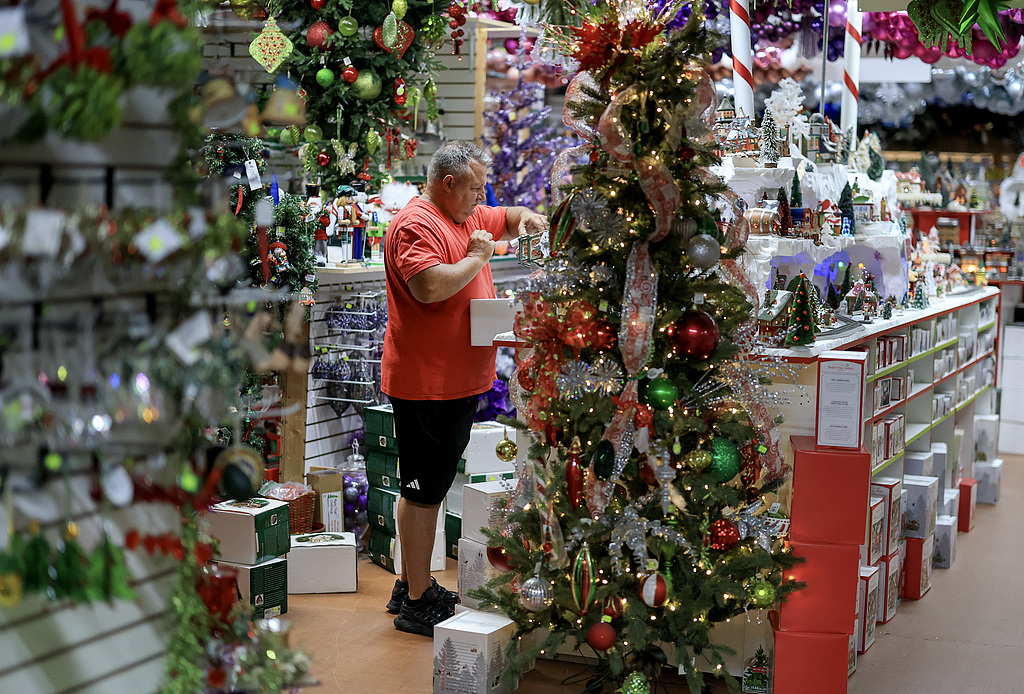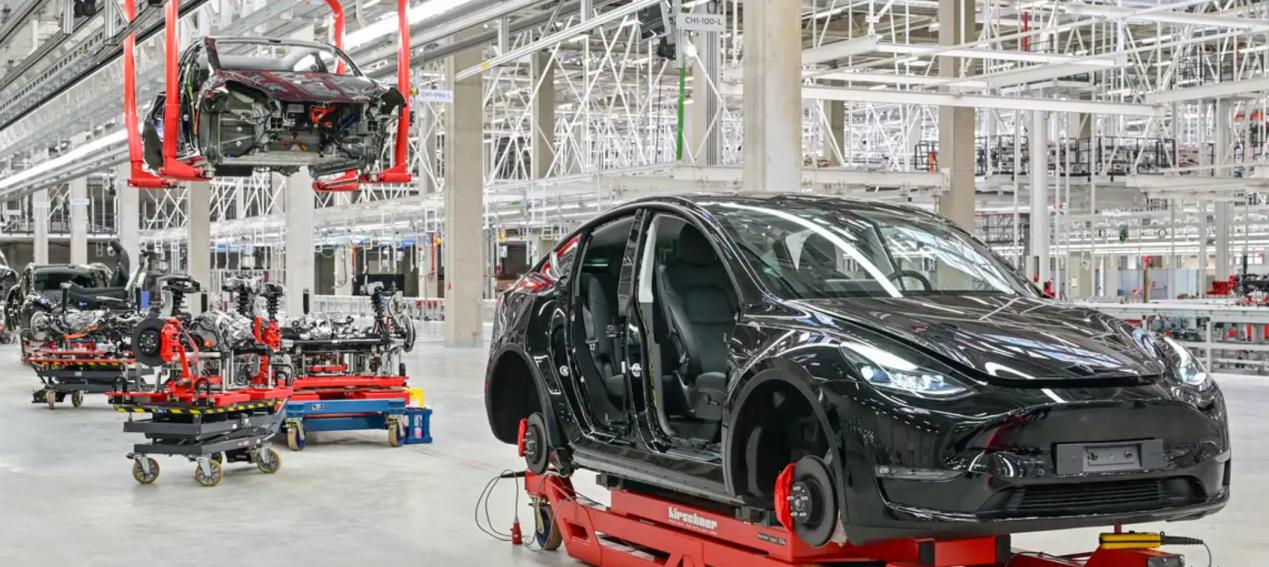
At this time of year in previous times, major U.S. ports would have been bustling with activity. Cargo ships laden with artificial Christmas trees from around the world, twinkling fairy lights, and exquisite decorative wreaths would have been arriving one after another. Port workers would have been busy and orderly in unloading these goods that symbolize the festive atmosphere. However, what we see now is a strikingly desolate scene - there are only a few scattered goods, and most of the forklifts that used to shuttle back and forth are now idle. The ports seem to have been put on "slow motion." Meanwhile, the bills in the hands of U.S. importers are getting heavier and heavier, and the sharp drop in Christmas tree imports has become a painful wound inflicted by tariff policies.
Plummeting Import Volume: A "Cold Winter Warning" for the Christmas Market
Data provides the most straightforward reflection. Relevant statistics show that in 2025, the import volume of Christmas trees and related decorations in the United States has experienced an alarming decline compared to the same period last year. Taking major import ports as an example, the import volume of Christmas trees in some ports has dropped by more than 60% year-on-year. Behind this figure lies a severe challenge that the Christmas market is about to face.
For retailers, the sharp reduction in import volume means a serious shortage of inventory. Many merchants had originally made stocking plans based on previous years' sales data and market demand. However, the import disruptions caused by tariff policies have thrown their plans into disarray. Some small retailers lamented that they now have only one-third of the number of Christmas trees on their shelves compared to previous years, and the styles and specifications are far less diverse than before. When consumers walk into stores and are faced with empty shelves and a limited selection, their desire to buy naturally diminishes. This not only affects merchants' short-term sales performance but may also pose a long-term threat to their business operations.
Soaring Costs: The Heavy Bills for Importers
The implementation of tariff policies has dealt a severe blow to importers' bills. Originally, artificial Christmas trees imported from major producing countries such as China saw a significant increase in costs after the imposition of high tariffs. Taking a medium-sized artificial Christmas tree as an example, before the tariff implementation, the import cost was about 50 U.S. dollars. Now, after adding the tariffs, the cost has surged to 70 U.S. dollars or even higher.
The increase in costs has been directly passed on to retail prices. Consumers have found that Christmas trees are much more expensive this year. Some families that originally planned to buy larger Christmas trees have had to opt for smaller and cheaper models due to price factors. For importers, the price increase has further affected sales. They are caught in a dilemma: raising prices will lead to a decline in sales, while not raising prices will make it impossible to absorb the increased costs, severely compressing their profit margins.
Supply Chain Disruptions: The Chain Reactions in the Global Industrial Landscape
The sharp drop in U.S. Christmas tree imports has not only impacted the domestic Christmas market in the United States but has also triggered a chain reaction in the global supply chain. As the world's largest producer of artificial Christmas trees, China has seen a significant reduction in orders for many factories. Some factories have had to cut production and even lay off workers temporarily. This has not only affected the income and livelihoods of local workers but has also dealt a blow to related supporting industries such as packaging material production and logistics and transportation.
At the same time, the balance of supply and demand in the global Christmas tree market has been disrupted. Christmas trees that would have originally flowed to the United States are now seeking new markets, but this is not a process that can be completed overnight. The demand scale and consumption habits in other countries' markets differ from those in the United States, and producers need time to adjust their production and sales strategies. During this process, the entire global Christmas tree industry is facing uncertainties and risks.
Reflection and Way Out: The Rational Return of Trade Policies
The sharp drop in U.S. Christmas tree imports and the resulting "tariff wounds" have sparked profound reflections on trade policies. Although trade protectionist measures may be seen as a means to protect domestic industries in the short term, they often bring more negative impacts in the long run. They disrupt the stability and efficient operation of the global industrial chain, increase enterprises' operating costs, and ultimately harm the interests of consumers and the overall economic development.
For the United States, re-examining tariff policies and seeking more rational and open trade strategies may be the key to resolving the current predicament. By engaging in dialogue and negotiation with major trading partners to lower trade barriers and restore normal trade order, ports can become bustling again, importers' bills can return to reasonable levels, and the Christmas market can once again be filled with joy and warmth.
In today's world of deep global economic integration, no country can stand alone. The incident of the sharp drop in U.S. Christmas tree imports has sounded an alarm for us, reminding us to adopt a more open and inclusive attitude and jointly maintain the stability and development of global trade.

The global electric vehicle market in 2025 is experiencing intense turbulence. Tesla, once a disruptor that reshaped the industry landscape, is now mired in an unprecedented sales crisis.
The global electric vehicle market in 2025 is experiencing …
Recently, Chinese telecom companies Huawei and ZTE signed a…
Recently, according to Xinhua News Agency, Israel's air str…
A strongly worded report from the Equality Trust argues tha…
On November 27, 2025, Alibaba officially entered the global…
The focus of the global financial market in 2025 has always…